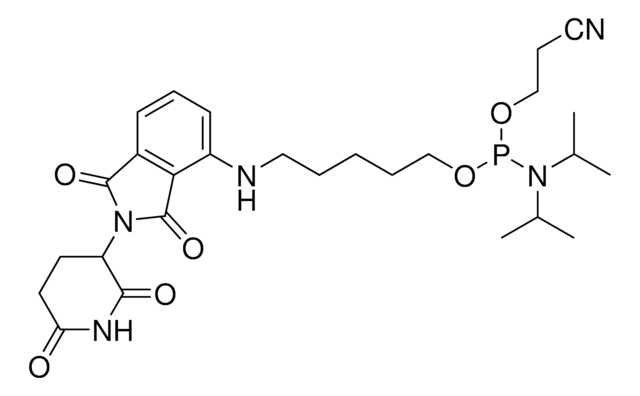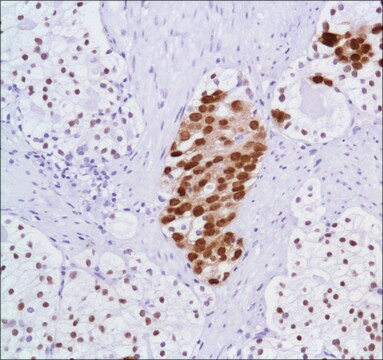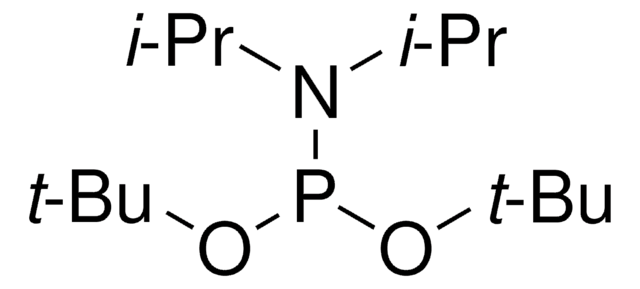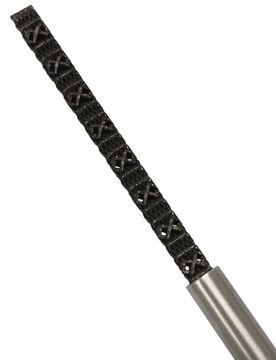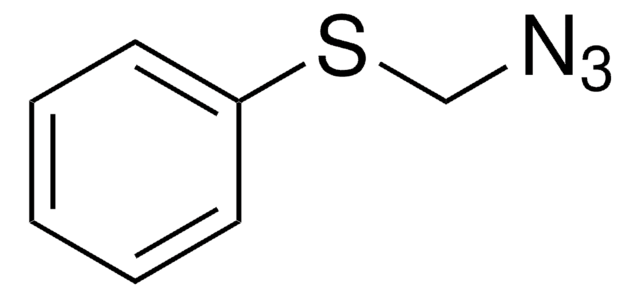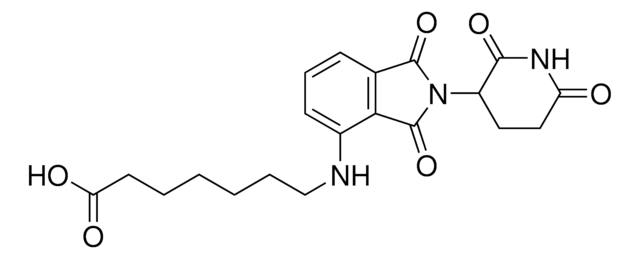929344
(S,R,S)-AHPC-C5-phosphoramidite
Synonim(y):
(3R,5S)-1-((2S)-2-(6-(((2-Cyanoethoxy)(diisopropylamino)phosphaneyl)oxy)hexanamido)-3,3-dimethylbutanoyl)-5-((4-(4-methylthiazol-5-yl)benzyl)carbamoyl)pyrrolidin-3-yl acetate
About This Item
Polecane produkty
ligand
VH032
Poziom jakości
Postać
solid or liquid
temp. przechowywania
2-8°C
ciąg SMILES
O=C(N1C[C@H](OC(C)=O)C[C@H]1C(NCC2=CC=C(C3=C(C)N=CS3)C=C2)=O)[C@H](C(C)(C)C)NC(CCCCCOP(OCCC#N)N(C(C)C)C(C)C)=O
Powiązane kategorie
Zastosowanie
Technology Spotlight: Degrader Building Blocks for Targeted Protein Degradation
Protein Degrader Building Blocks
Inne uwagi
Destruction of DNA-Binding Proteins by Programmable Oligonucleotide PROTAC (O′PROTAC): Effective Targeting of LEF1 and ERG
Small-Molecule PROTACS: New Approaches to Protein Degradation
Targeted Protein Degradation: from Chemical Biology to Drug Discovery
Impact of linker length on the activity of PROTACs
Informacje prawne
Kod klasy składowania
11 - Combustible Solids
Klasa zagrożenia wodnego (WGK)
WGK 3
Temperatura zapłonu (°F)
Not applicable
Temperatura zapłonu (°C)
Not applicable
Certyfikaty analizy (CoA)
Poszukaj Certyfikaty analizy (CoA), wpisując numer partii/serii produktów. Numery serii i partii można znaleźć na etykiecie produktu po słowach „seria” lub „partia”.
Masz już ten produkt?
Dokumenty związane z niedawno zakupionymi produktami zostały zamieszczone w Bibliotece dokumentów.
Nasz zespół naukowców ma doświadczenie we wszystkich obszarach badań, w tym w naukach przyrodniczych, materiałoznawstwie, syntezie chemicznej, chromatografii, analityce i wielu innych dziedzinach.
Skontaktuj się z zespołem ds. pomocy technicznej